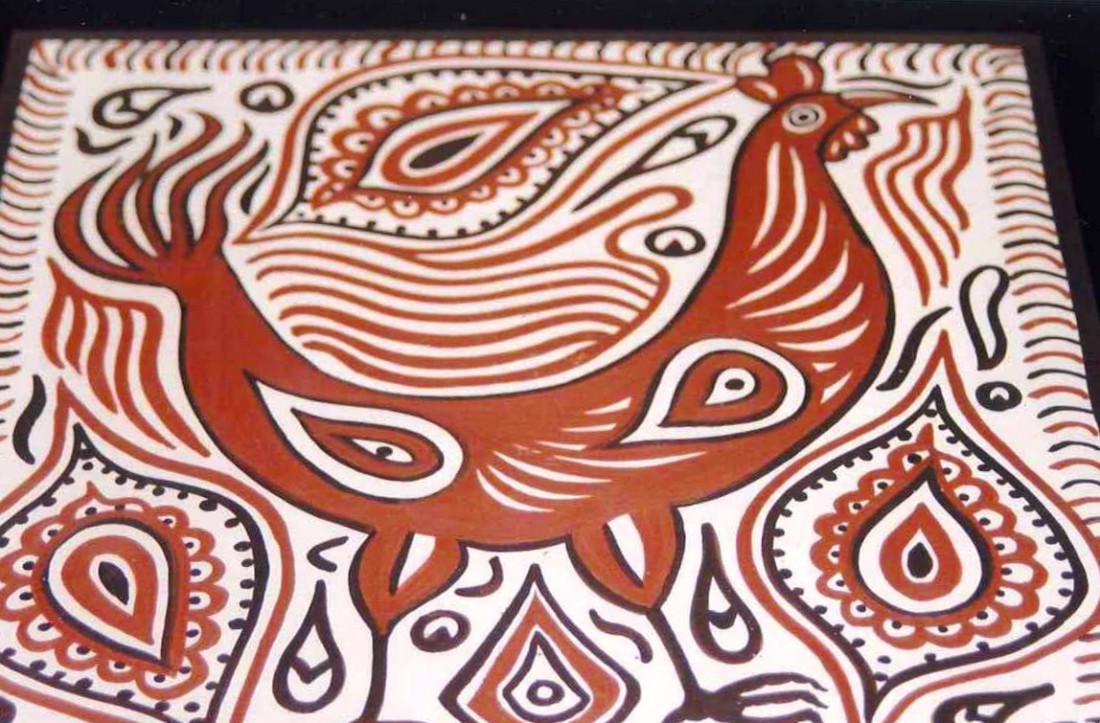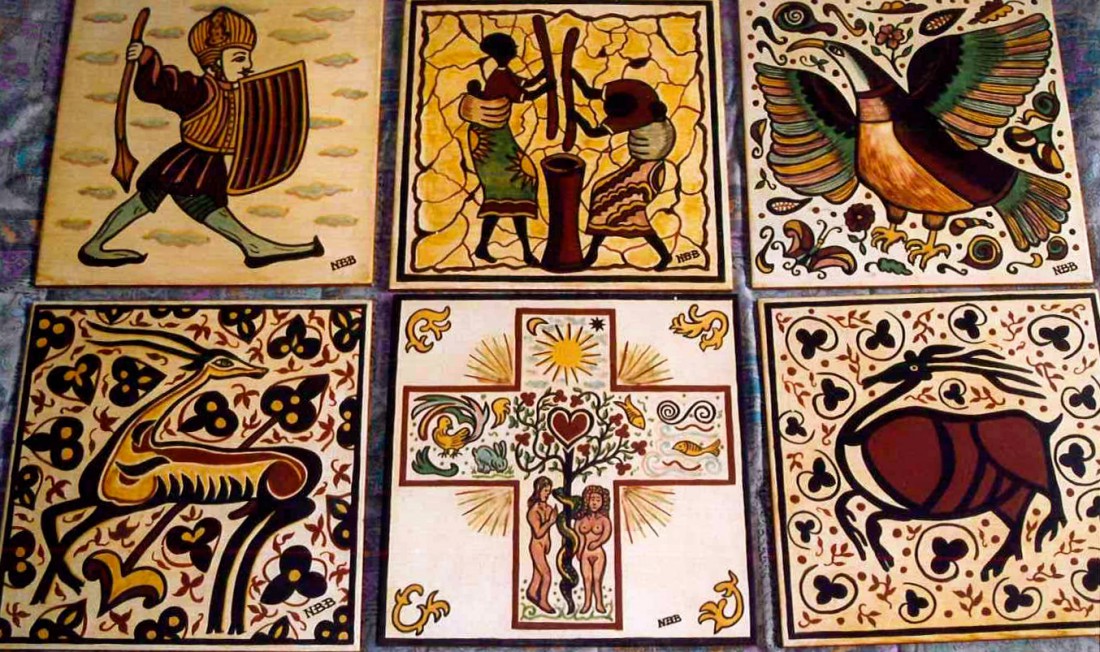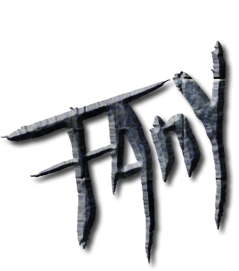






Socarrats
The word Socarrat means “burnt” (in Spanish “quemado”). This tecnique was born in Spain, near Valencia, in the 4° century.
It differs from the most famous “azulejos” for the sole use of engobes. The drawings refer to images of animals, plants, geometry elements or human beings of the Medieval times.
Handmade decoration on majolica using the Socarrat technique.
This technique consists of covering the bisque with a layer of kaolin on which the chosen drawing is going to be transferred. Then, the drawings are outlined with some engobes prepared with manganese oxide, iron oxide and black-colouring oxide. After the baking, the bisque is coated.
Date
5 May 2016


